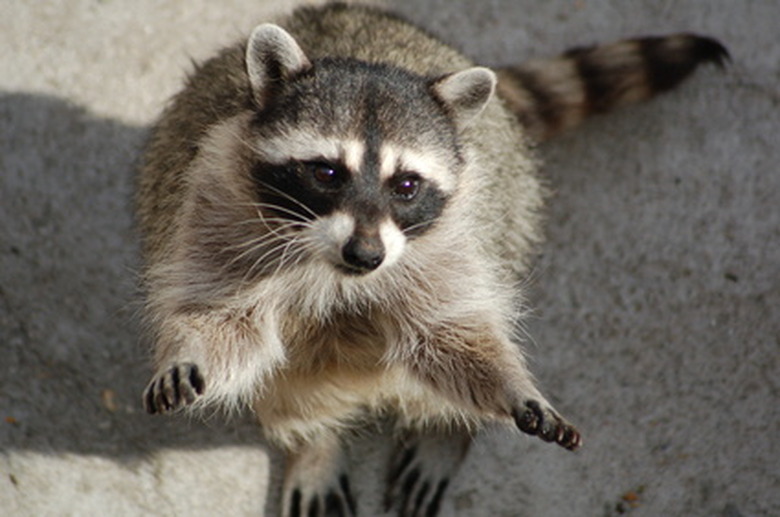What Plants Repel Animals?
Some of the more persistent wildlife and animals that visit gardens includes raccoons, deer, moles, rabbits, cats and dogs. One of the best ways to keep wildlife and other animals out of the area is to place plants the animals dislike around the outside of the garden or landscaping. Hungry deer still eat just about anything, but putting plants and trees they like to eat away from the garden encourages them to browse those plants and not invade the garden itself.
Garlic
Planting garlic offers several advantages, including repelling most wildlife who dislike the smell of the plant. Gardeners also get a nice crop of garlic to use in the kitchen, and the plants also add a nice texture to the garden. Even if the climate hinders growing garlic to full maturity, the leaves of the plant help keep critters away. Consider planting garlic in a row or in small clusters around the outskirts of the garden. Garlic requires full sun in well-drained soil to reach maturity, with almost no water during the last few months as it matures. But planting garlic in less desirable conditions still allows it to create a barrier for wildlife.
- Some of the more persistent wildlife and animals that visit gardens includes raccoons, deer, moles, rabbits, cats and dogs.
- Hungry deer still eat just about anything, but putting plants and trees they like to eat away from the garden encourages them to browse those plants and not invade the garden itself.
Daffodils
The beauty of these early spring flowers appeal to gardeners, but not to wildlife or cats. The bitter taste of the leaves keeps the critters away. Sporting beautiful yellow, orange or white blooms on the top of tall stems, daffodil bulbs get planted between September and November in sunny, well-drained soil. Once the plants start growing in the spring, they require lots of water until they start blooming. Some gardeners leave the bulbs in the ground after the plants die back while others dig up the bulbs and keep them in a cool, dry place until the fall.
Lavender
Lavender comes in variety of colors, making it a beautiful plant for borders while also repelling deer and rabbits. Spanish lavender offers dark purple flowers and dark green leaves while sweet lavender tends to grow fast with long pale purple flowers. For dry gardens, woolly lavender works well with its gray foliage and dark purple flowers appearing in the summer after other lavenders seem to fade. Consider planting a variety to keep the blooms all summer-long to discourage wildlife. Lavender must grow in well-drained soil and prefers sunny areas of the garden.
- The beauty of these early spring flowers appeal to gardeners, but not to wildlife or cats.
- For dry gardens, woolly lavender works well with its gray foliage and dark purple flowers appearing in the summer after other lavenders seem to fade.
Marigolds
A wide variety of marigolds add beautiful color to summer gardens, making them a great choice for gardeners who also want to keep animals away, especially moles and dogs. Marigolds grow anywhere from six inches to 4 feet tall, offering plenty of choices for using the plants as borders on the outskirts of landscaping or further inside the garden. Choose from African marigolds with their large flowers appearing in late summer, or try the French marigolds with their smaller plants and vivid blooms from early summer to late fall. Marigolds thrive in full sun in well-drained soil.
